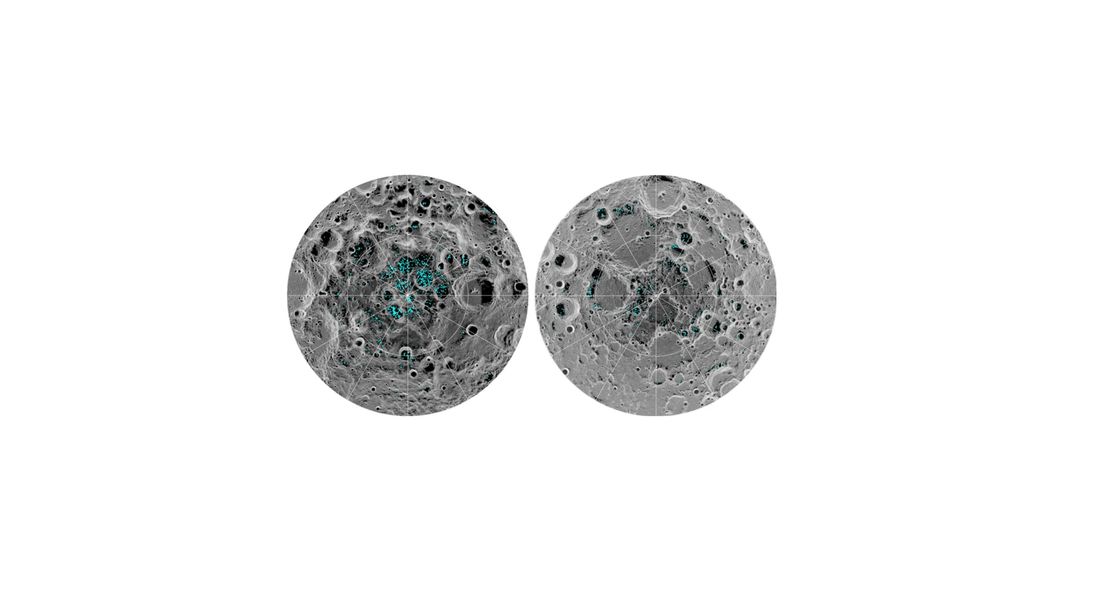Scientists confirm water ice has been spotted at the moon's poles
The researchers believe that the water could be used as a resource for any long-term expeditions to the moon

A team of scientists has confirmed that water ice exists in the darkest and coldest parts of the moon's poles.

A team of scientists has confirmed that water ice exists in the darkest and coldest parts of the moon's poles.
The team has "directly observed definitive evidence" of ice deposits on the surface of the moon using a scientific instrument that measures how molecules absorb light.
Led by Shuai Li of the University of Hawaii and Brown University, and including Richard Elphic from NASA's Ames Research Center, the team used data from NASA's "Moon Mineralogy Mapper" (M3) to spot the ice.
M3 is an instrument developed by NASA and placed aboard the Chandrayaan-1 spacecraft, which was launched in 2008 by the Indian Space Research Organisation.
The data it collected did not only examine the reflective properties of water, but could distinguish between how the organisation of the molecules absorbed infrared light, revealing whether it was looking at liquid water, water vapour or solid ice.
The majority of the newly discovered water ice was found to be in the shadows of craters near the poles, where the temperature never reaches above -150 C (-250 F).
The poles of the moon, like the poles of the Earth, are much colder than its equatorial regions, but because of the moon's very small tilt, sunlight never reaches these regions at all.
Previous observations had suggested there could be surface ice at the moon's south pole, but scientists could not confirm whether these observations had merely picked up unusually reflective soil.
Now, the researchers believe that if there is enough ice sitting at the surface of the moon - within the top few millimetres - the water could be accessible as a resource for expeditions.
NASA's Jet Propulsion Laboratory designed and built the M3 instrument.
The findings were published in the Proceedings of the National Academy of Sciences.






Post a Comment